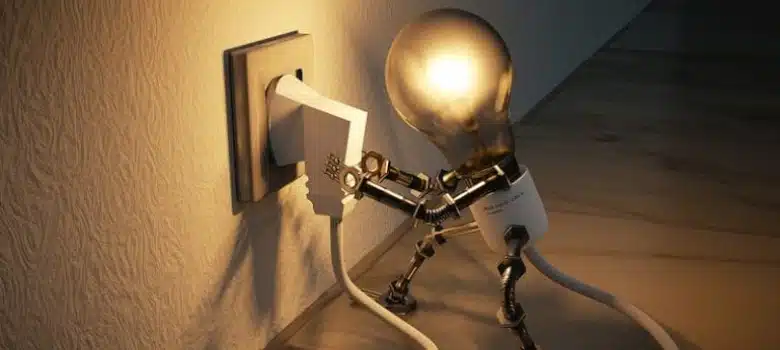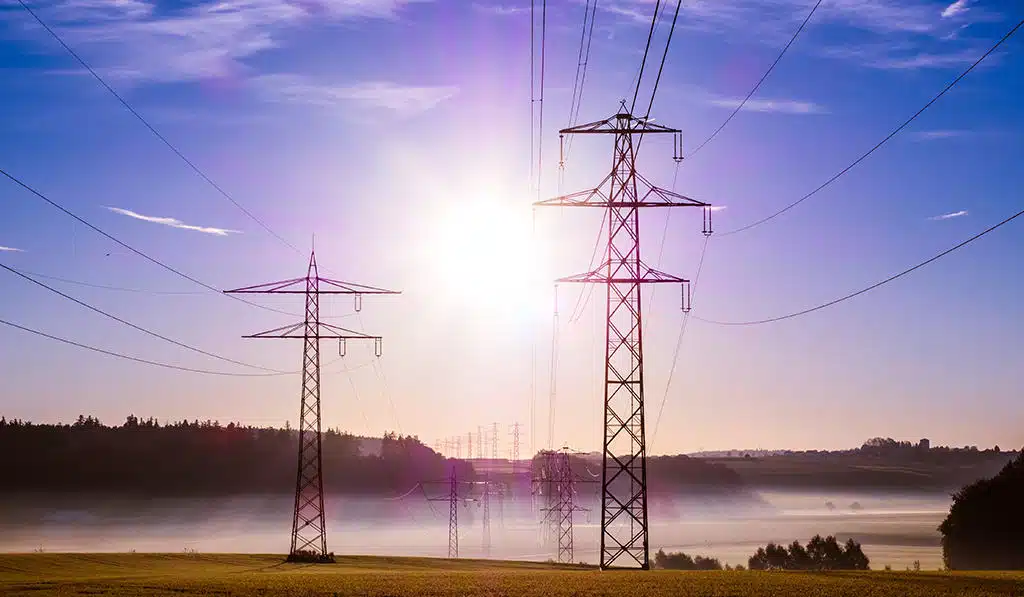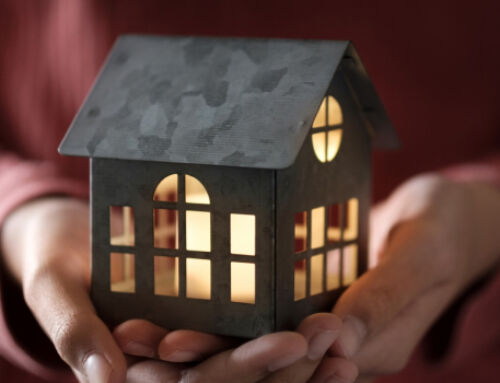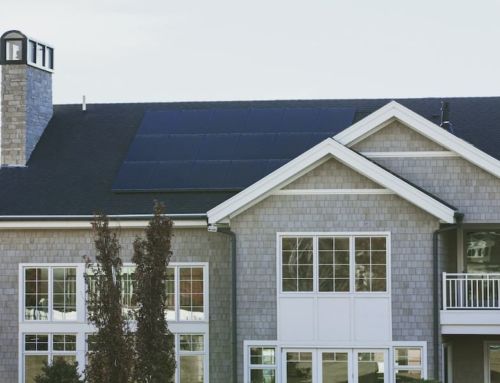Electricity is an essential part of our daily lives, powering everything from our homes and workplaces to our devices and appliances. Despite its ubiquity, however, many of us have only a basic understanding of how electricity works.
Electricity 101 is a beginner’s guide to the fundamental principles of electricity, covering everything from how it is generated to how it travels through power lines and into our homes. Whether you’re a student, a homeowner, or simply curious about how electricity works, this article is a great place to start. So let’s dive in and explore the basics of electricity.
At HunterCON, we pride ourselves on our ability to provide reliable, hands-on service that you can count on, no matter the size of the job. From consultation to electrical installation to electrical maintenance, attention to detail and customer satisfaction is at the core of the HunterCON ethos.
If you have any questions about the electronics of a new home or would like to know more about installation, and maintenance, please don’t hesitate to give us a call.
With over nine years of experience under our belt, we can ensure your home is as safe as it can possibly be. If you require an electrical safety inspection or have any questions, get in touch with us today.Electricity is all around us, it lights our rooms, runs our technology and generally makes modern living a breeze. We’re so used to it that it almost feels as natural as the air we breathe, but it wasn’t always this way. Scientists only figured out how to harvest electrical energy in the 19th century, using natural metals such as copper, silver and gold to conduct currents. Over the last few hundred years the process of creating electricity has developed significantly, and each year energy sources are refined more and more.
Electricity is all around us, and we use it constantly throughout our days, yet it’s easy to take for granted. Let’s take a closer look at this precious resource and how it’s created.
So What is Electricity 101?
Before we delve too far into the source of electricity, it’s first important to be aware of what it actually is. Electricity is the stimulation of negatively charged electrons that surround an atom. When electrons are stimulated they move from atom to atom, creating electromagnetic energy. Metal materials have a loose hold on their outlying electrons, meaning the electron charge is easier to transfer, therefore they have better conductibility. On the other hand materials such as wood and glass have a strong hold on there electrons so they are less conductible.
How is Electricity Created?
The creation of electricity must be generated through other energy sources, such as coal, gas, hydropower, solar power and wind and the same principle of generation applies to all sources of energy. Power pushes a turbine which rotates a series of magnets within copper wire coils. This movement excites the electrons, creating charge and thereby generating electricity.
Types of Generation
Let’s take a bit of a closer look at some of the forms of energy that are used to generate electricity.
- Gas, coal and nuclear plants both work in a similar ways. Fuel is used to create heat, which boils water and creates steam which in turn pushes the turbine.
- Windmills operate differently, using the natural force of wind to push a turbine.
- Hydropower uses the power of waves to move turbines.
- Solar energy is different as it generates electrical power by converting solar radiation into electricity via semiconductors.
How Does Electricity Actually Get To Your Home
From pushing buttons to flicking a switch, electricity is always on tap. But have you ever considered how far electricity has to travel to get to your home? Often the power we use every day is created in generators hundreds of kilometres from our homes. Our energy system, often called the electrical grid, is a complex network of poles and wires that helps to keep our country powered.
From the power plant to your lights at home, let’s take a look at how electricity actually gets from the power station to your home.
Power Stations
All of the electricity that ends up in your home starts life in a power station, which is usually located next to or near an energy source such as a coal plant, hydroelectricity dam, natural gas station or solar and wind farms. In almost all cases the source of energy is used to spin an electrical generator, creating storable, transmittable energy. The power is then carried away through large overhead lines to substations, however, at this stage voltage is usually extremely high and can be over 25,000 volts.
Substation Transformer
The first stop for the newly generated power is the substation. Substations use transformers to alter the voltage of an electrical current, in this case, the voltage is raised to somewhere between 155,000 to 756,000 volts, which minimises power losses throughout the long journey. Australia’s lines are very efficient on a world standard, with an average loss of around 5%.
Transmission Networks
Transmission lines send the high voltage power over long distances, often hundreds of kilometres. Transmission networks can be either above or below ground. Above ground lines are easy to spot as they are made from heavy-duty steel pylons. Underground lines are buried beneath the earth and are heavily insulated to prevent currents from leaking into the ground where they can become a hazard.
Second Substation Transformer
After the energy has travelled hundreds of kilometres from a power station, it reaches a second substation transformer. However, unlike the first stop, this substation lowers the voltage to somewhere between 11,000 and 33,000 volts so that the electricity can be channelled into smaller power lines for domestic distribution purposes.
Distribution Power Lines
Distribution power lines take the lowered voltage energy and distribute it to each home. For most residential and commercial uses, there will be another transformer which decreases voltage to as low as 230 volts to make the power safe for home use.
Your Home
In the final stage the electricity will pass from the final transformer to your home through a meter, which measures your energy usage. It then travels through the wires in your house to switches and sockets, ready to be used as you please!
Reading your electricity and gas meters
Meters are used to measure how much gas or electricity is being used at your property. There are many different types of meters that can be used to record and display your usage.
Meters record and display the information differently, and it is essential to understand how to read your meter correctly. Read on to find out how to read your electricity meter.
Accessing your meter
If you want to reach your meter to either check the meter number or to take your own meter reading, please be aware of the potential for danger. Although meters are designed to be very safe pieces of equipment, they can deteriorate over time. Look for any damage which may have been done. If you see anything that’s potentially hazardous, please don’t touch it or attempt to fix it but contact a professional instead.
Meter Numbers
All electricity meters have a unique meter number. Your meter number is unique to the electricity meter at your premises. Every electricity meter also has an NMI (National Meter Identifier, which is used by the meter service provider to identify the meter).
Types of meters
There are many types of meters which all have various components. Use this guide to identify what kind of meter you have and how to read it properly.
Clock face electricity meters
A clock face meter has several small clock faces. To conduct a reading, note the numbers from each clock, from left to right. If a pointer is between 2 numbers, note the lower number. When the pointer is between 0 and 9, read 9. The additional dial labelled 1/10 is not used to calculate your meter reading, so you can ignore this. Your usage for the period is calculated by subtracting the meter reading from your last bill from the reading you obtained from the meter.
Electronic electricity meters
To read your meter press the ‘display’ button which will display the reading options – the meter may scroll through a series of displays. As the meter scrolls, note each of the readings.
Smart meters
Smart meters (also known as interval meters) record usage in 15 or 30-minute intervals. These meters cannot be read manually; only the meter service provider can download the data. Most smart meters are read remotely, and the data is sent to the meter service provider daily.
Gas meters
The type of gas meter you have will depend on the gas pressure available in your area and the type of regulator located on your gas meter. All gas meters have a meter number, which matches the meter number on your bill. Each meter also has a MIRN (Meter Installation Registration Number) or a DPI (Delivery Point Identifier). These numbers are assigned to each address and are used by the meter service provider to identify your property. These numbers vary from State to State.
Metric gas meters
Metric gas meters measure usage in cubic metres. “Cubic metres” or “M³” will be displayed. A reading is done from left to right. The black and white digits should be read. If you see red numbers on your meter, ignore them as they are for testing.
Imperial gas meters
Imperial gas meters measure usage in “cubic feet” which will appear on the meter’s clock face, this is then converted to cubic meters.
A reading is done by noting the numbers from each clock, from left to right. If the pointer is between 2 numbers, note the lower number. When the pointer is between 0 and 9, read 9. The additional dials labelled ½, and two are not used to calculate your meter reading, so you can ignore these.
What Happens Next?
After energy is generated it needs to be transferred to the electrical grid. The newly generated electricity leaves generators and flows along large transmission lines. Substations increase volts for long distance travel, and on the other end secondary substations decrease voltage for different domestic, commercial and industrial purposes. By the time that you switch on a light bulb, the charge created in a generator has likely travelled hundreds of kilometres.
If you have any questions about how electricity is created or would like to know more about installation or maintenance of electrical items please don’t hesitate to give us a call.
With over 9 years of experience under our belt, we pride ourselves on providing air con and electrical services of the highest quality. Get in touch with us today.








Leave A Comment